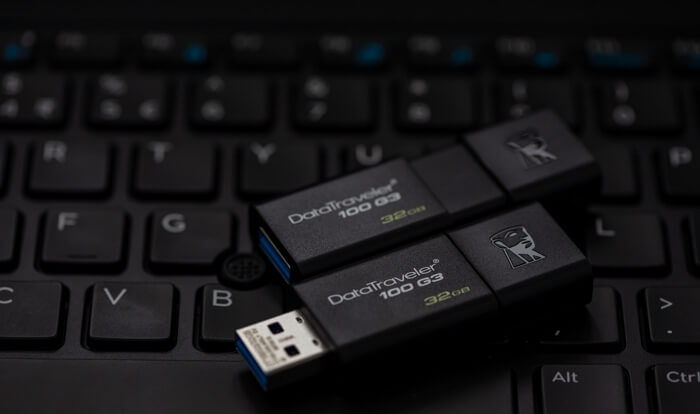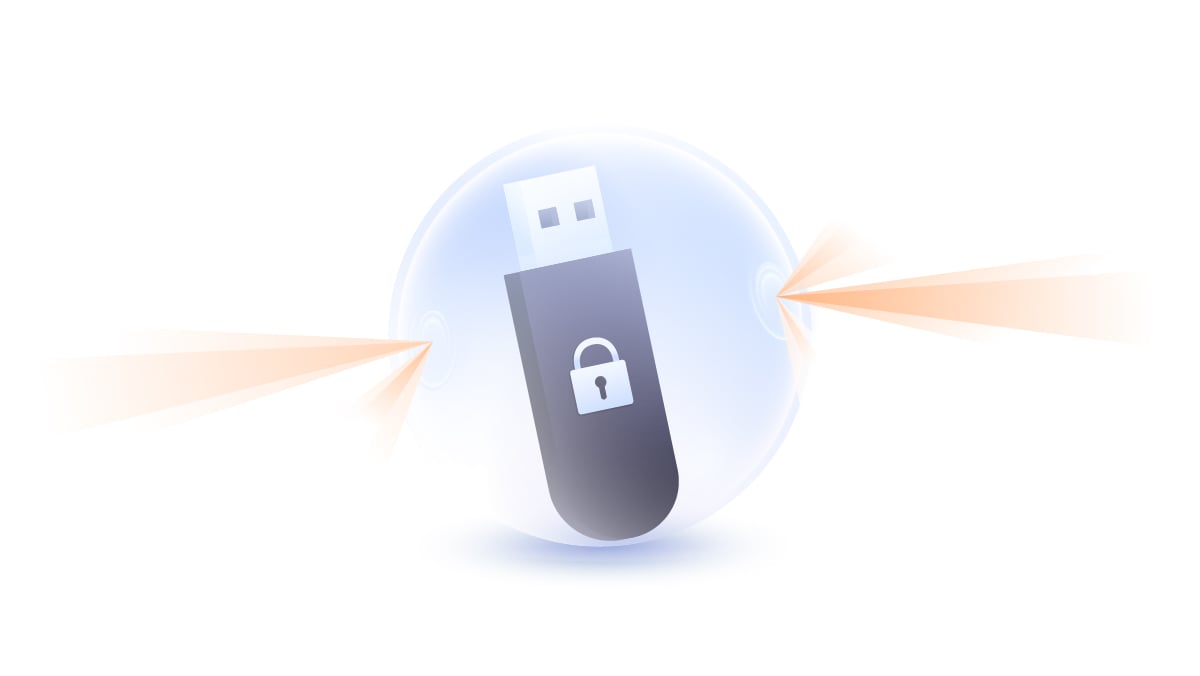


- #I cant edit my own usb flash drive mac mac os x#
- #I cant edit my own usb flash drive mac install#
- #I cant edit my own usb flash drive mac pro#
#I cant edit my own usb flash drive mac install#
NB: This process is different from creating a bootable USB that allows you to install macOS from the removable media. Even better, you will be able to enjoy all the features of the latest macOS. After learning and executing the entire process on your Mac, you will give you the freedom to run macOS Catalina from a USB or Flash drive, with no limitations. On a Mac, all you have to do is open Finder (the first app on the bottom row of apps) and click on whatever your USB is called (left column). Method 5, Repair damaged flash drive by Windows error-checking tool. Type 'chkdsk /X /f USB drive letter ', for example ' chkdsk /X /f H ', when H is the drive letter of your flash stick. Format the USB using MakeWinPEMedia with the / UFD option and install Windows PE to the USB flash drive by typing MakeWinPEMedia /UFD C:WinPEamd64 E: (E: should be the USB drive letter ). You may try the following method to get it fixed. Are you searching for best data undelete solution for your deleted or formatted Pen drive files and folders Use cost effective USB drive recovery Mac software that provides reliable and quick way. If Mac isn’t automatically recognizing your external hard drive, it’s time to force it to. Apple made it easy so all you need to know is just a simple keyboard.

#I cant edit my own usb flash drive mac mac os x#
If your Mac is not recognizing a USB or external hard drive after this, you’ll have to try mounting it manually. At some point, you may find a need to boot your Mac from a disc or a drive other than the primary Mac OS X startup volume. Open a new Finder window and click on the drive.
#I cant edit my own usb flash drive mac pro#
If that's what you are looking for, you've come to the right place. Attach a USB flash drive to your PC, and then launch the Deployment and Imaging Tools Environment as an administrator. Check that the External disks option is enabled. Plug the drive into a USB socket (if you have a recent MacBook or MacBook Pro that only has USB-C connectors, you’ll need a USB-C to USB-A adaptor). I mean, you can literarily install macOS on any external drive.Īnd this allows you to have multiple operating systems in an external disk, which facilitates portability and deployment whenever and wherever you want. Ever wished that you had the magical powers to transform your Mac into a USB flash drive and carry it with you wherever you want? Well, you are not alone! I mean, we are living in a world where OS portability is increasingly becoming one of the most important aspects for people working in the IT sector.


 0 kommentar(er)
0 kommentar(er)
